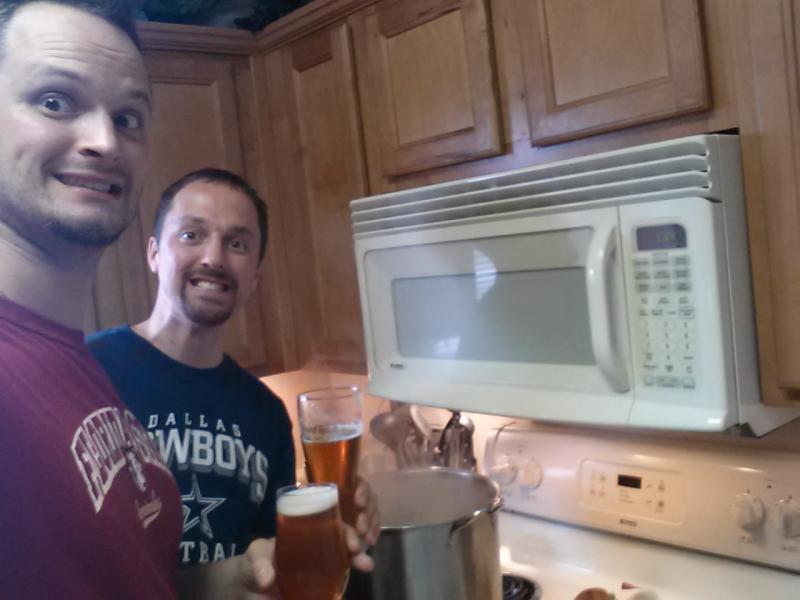"If you're going to spend money, just get a small O2 tank from home depot and push pure 02 in there. Much, much quicker to get to the right O2 levels."
Also, the quickest way to get the wrong oxygen levels. Overdoing the oxygen is just as bad as underdoing it. Since most homebrewers have no way to measure oxygen levels in wort, you are just kinda guessing that x seconds is about right. You might be spot on, but you'll never know for sure.
The cheapest way to get the proper oxygen levels is to shake the fermenter, pour the wort back and forth, or otherwise mix the heck out of it. That is usually what I do. Recently, I've been trying to shave some time off my brew day and started using an aquarium pump. I just let it run while I clean the final mess up (brewpot, tubes, wort chiller etc). Using regular air saturates O2 right in the proper range for brewing.





